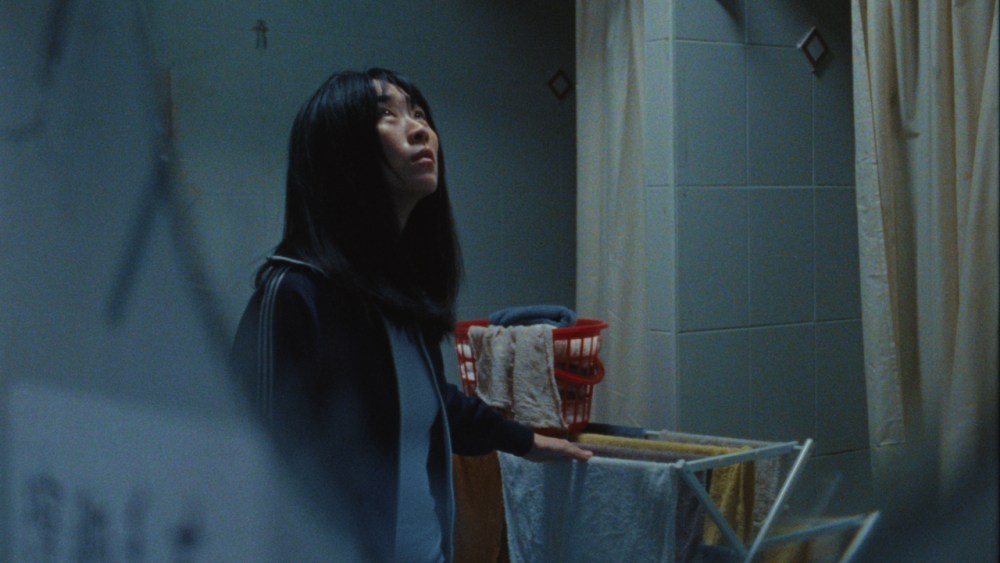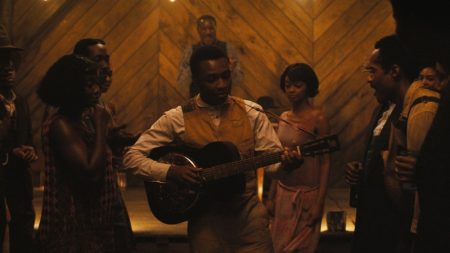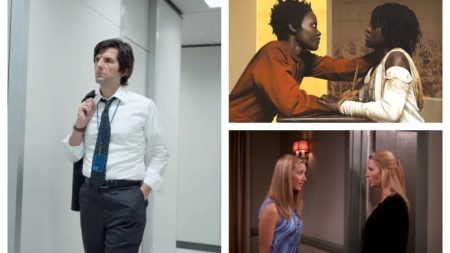Discovering "Blue Sun Palace": A Journey of Identity and Resilience
In the vibrant tapestry of independent cinema, "Blue Sun Palace," the debut feature from filmmaker Constance Tsang, emerges as a poignant tale of identity and resilience. Set within the bustling Chinese community of Queens, this migrant drama offers a compelling narrative that delves into the lives of women navigating the challenges of a foreign land. Produced by Sally Sujin Oh, Eli Raskin, and Tony Yang, the film marks a significant entry in the voices of contemporary Asian filmmakers, capturing the essence of cultural displacement and the enduring spirit of sisterhood.
A Glimpse into Queens: Setting and Characters
The film unfolds within the intimate confines of a massage parlor in Flushing, Queens, where the lives of its characters intersect. At the heart of the story are Amy and Didi, portrayed by the talented Ke-Xi Wu and newcomer Haipeng Xu, respectively. Their journeys are intertwined with those of other women who find solace in each other’s company, forming a steadfast sisterhood that becomes their anchor in a world far from home. The presence of award-winning actor Lee Kang Sheng adds depth, as his character Cheung offers Amy a source of comfort and potential love amidst her struggles.
Tragedy and Self-Discovery: Plot and Themes
Central to "Blue Sun Palace" is the transformation of Amy, who faces a pivotal moment during the Lunar New Year. A tragic event compels her to confront her destiny, leading to a journey of self-discovery. The film explores themes of identity, family obligations, and the pursuit of personal happiness, all set against the backdrop of cultural displacement. Tsang’s narrative weaves these elements seamlessly, highlighting the universal quest for belonging and purpose. The women’s experiences, marked by deferred dreams, illustrate the resilience required to hold onto hope, even when the future seems uncertain.
A Cinematic Approach: Filmmaking and Style
Constance Tsang’s directorial style in "Blue Sun Palace" is reminiscent of European art cinema, prioritizing atmosphere and emotional depth over a fast-paced narrative. This approach allows the actors to breathe life into their characters, capturing the melancholy and longing that define their existence. The film’s use of setting, particularly the massage parlor, serves as a metaphor for the liminal spaces migrants occupy—places of transition where identities are both lost and found. Tsang’s lens sensitively portrays these moments, enriching the story with a quiet introspection that resonates deeply with the audience.
Critical Acclaim and Recognition
"Blue Sun Palace" has garnered recognition on the international stage, earning the French Touch Prize at the 2024 Cannes Critics’ Week. Critics have praised the film for its nuanced exploration of migrant life, with Variety noting its alignment with European art cinema traditions. The film’s ability to balance the harsh realities of its characters’ lives with moments of beauty and connection has been particularly acclaimed. This recognition underscores the film’s relevance in contemporary cinema, offering a compelling narrative that transcends cultural boundaries.
A Promise of Placement: Production and Release
As "Blue Sun Palace" prepares for its theatrical release, audiences in Los Angeles and New York City will have the opportunity to experience this powerful narrative. The film’s Los Angeles premiere at The American Cinematheque on April 22, followed by runs at Laemmle Glendale and Metrograph in New York City on April 25, marks a significant milestone in its journey. With its thoughtful production and resonant storytelling, "Blue Sun Palace" promises to leave a lasting impression, inviting viewers to reflect on the universal themes of home, identity, and the enduring human spirit. This film is not just a debut but a testament to the power of cinema in capturing the complexities of the migrant experience.









